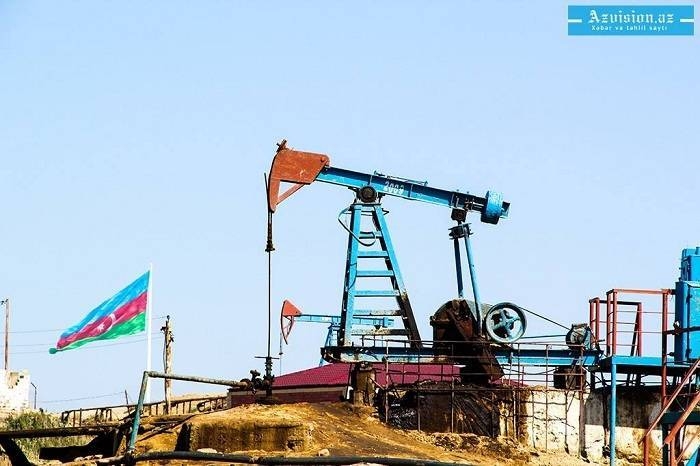First and foremost, it happened because of the U.S. shale boom, as Bloomberg’s Grant Smith wrote in a recent overview of oil in 2019. The consensus on the role of U.S. shale oil production growth seems to be unchallengeable. All oil price forecasts, including OPEC’s own, now regularly include U.S. oil production growth as the main reason for growth in non-OPEC supply that acts as counterweight to OPEC’s production curb efforts.
It was U.S. shale oil production—which hit a record-high this year turning the country into the world’s top oil producer—that caused what can only be called a growing apathy among traders. When OPEC is not the single large source of oil for energy-hungry nations, when there is another country pumping more than 11 million bpd with no risk of disruptions, the mood on the market is very different, and we saw this in 2019 more clearly than ever before.
The production outages at Libyan fields moved prices, but only for a few days. Even the biggest production outage in recent history, the drone and missile attacks on Saudi oil infrastructure, could not keep Brent at $70 for more than a few days. Of course, as usual, there was the hypothesizing that it could have spiked to $300 a barrel had the attacks led to an open war in the Middle East, but hypothesizing is part of the oil price game that has little bearing on actual prices.Related: From Boom To Bust: Permian Shale Towns Face Exodus
In further evidence that U.S. oil has become a force to be reckoned with, OPEC’s latest agreement to implement deeper production cuts failed to impress a market that was expecting the deepening and knew that this cannot stop U.S. production from growing. Oil prices habitually rise after an OPEC meeting or an update from inside the cartel—or from a Russian official now that the two have partnered on production—but this year the price rises have been short-lived.
Fundamentals forecasts have not helped. The International Energy Agency said in its latest Oil Market Report that the global oil market will likely be 700,000 bpd in excess of demand in early 2020. That’s despite the efforts of OPEC+ and, yes, thanks to growth in U.S. production. That production, the IEA said, would drive a 2.3-million-bpd growth in non-OPEC supply while growth in the demand for oil will continue to slow.Related: Iraq’s 550,000 Bpd Oil Deal Is In Jeopardy
Yet there is still hope for oil bulls. Goldman Sachs and JP Morgan recently revised their oil price forecasts for 2020 and they revised them upward. Goldman upped its outlook for both Brent and WTI, citing its expectations that OPEC+ will successfully cut more barrels from their daily production, shrinking any oversupply. JP Morgan seems to share the sentiment. It also cited OPEC+’s deeper cuts as reason for its price-forecast revision.
Trusting oil price forecasts from even the most reputable investment bank is something one does at their own risk, but there have been signs that prices could climb higher, even in the new apathetic market environment. Among the signs are the improving relations between the U.S. and China and, most recently, a WSJ report that banks are growing cold towards shale drillers. There is a very good chance that news like this could pull the market out of its apathy.
If shale drillers lose their easy access to cash, the fact could even erase the apathy entirely. For now, however, the overwhelming sentiment on oil markets is indifferent-for-longer.
Oilprice.com
More about: oilprice
















































